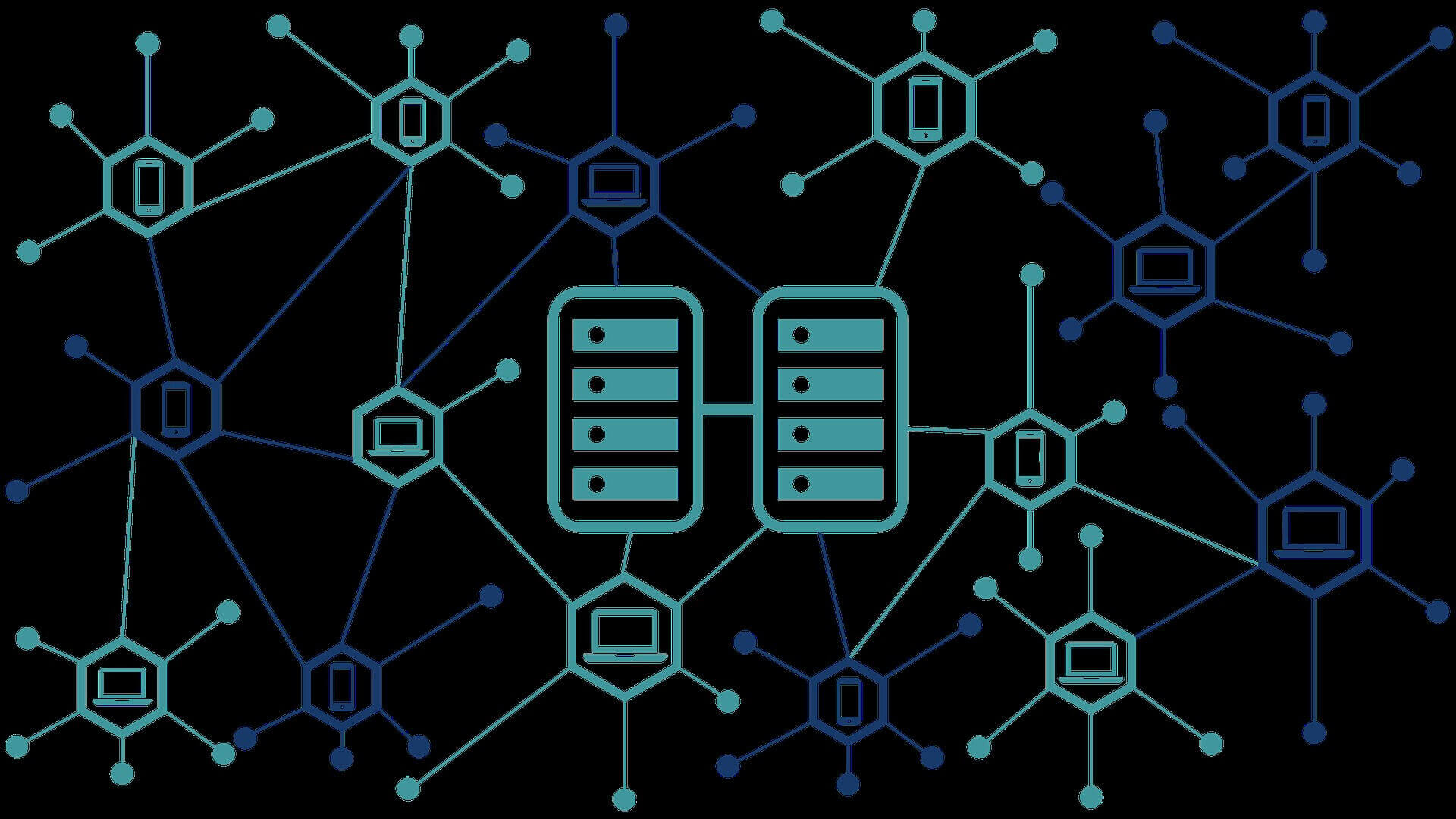
Technology has been involved with educational processes worldwide for several years, so the financial world continues to be part of the technological age.
The chain of blocks does not escape being one of the innovative proposals that make investments have another perspective where intermediaries are out of the game.
The fact that people can carry out financial operations and transactions usually carried out by economic entities and even professionals in the area makes learning about the digital age increasingly attractive. If you want to invest in bitcoins then you can visit online trading platforms like Immediate Connect
Blockchain Origin
Since its creation, the concept of Blockchain has been directly related to everything inherent to digital currencies, mainly Bitcoin, which was the cryptocurrency that gave the impetus to this platform.
Its most outstanding characteristic or virtue is its ability to store and decentralize the information processed in it, where security and transparency are the keys for other types of sectors to consider the Blockchain.
The leaps and bounds that Blockchain is taking have allowed it to position itself as a base platform for many corporations to consider carrying out transactions safely between its users and the company.
Some of the sectors currently working with the Blockchain are the financial sector, even some banking entities beginning to work with it, the tourism sector, medicine, and some government-type projects.
What does E-learning mean?
As one of many new concepts that cause curiosity and are supported by technology, e-learning refers precisely to virtual teaching processes; that is, technology and education have been merged.
During the COVID-19 pandemic, this type of teaching increased its application levels; even countries with advanced technology had to change their traditional academic systems to virtual ones.
That is why this type of technology began to emerge during this pandemic, mainly as a source of income through financial investments with cryptocurrencies.
Consequently, once their potential was seen, more sectors began to join to use them through various technological tools, where the first level of impact was children’s education.
This type of teaching is combined with blockchain technology to get the most out of such a significant technological contribution.
Some of the benefits this type of technology has offered are a decrease in educational operating costs, the speed in the transmission of information, the quality of the service, and the ease of use.
Theoretical advances are rewarded with cryptocurrencies.
A novel strategy of academic incentives arises with the purpose of making students feel motivated in their study and academic preparation through a system of rewards with Bitcoin for the completion of the programs in record time.
These strategies are interesting; therefore, they encourage monetary funds management, where students will learn their academic and economic learning.
At present, knowledge of this type of digital currency is essential, and even more so, the platform that supports them, as is the case with Blockchain.
The security with which financial transactions are carried out is the main attraction for academic institutions to start working with a new education based on this platform, as with NFTs, the protection of information is paramount.
Educational systems handle relatively large amounts of data, and the main thing is to keep the information stored there safe and the copyright protection of countless teaching and educational materials that can mean a source of income for many professionals.
Blockchain as an educational future
Without a doubt, technology is doing its thing in this technological and financial era; for sure, it has not been possible to define the future impact of the adoption of blockchain technology in education, but the security offered by this type of platform is fundamental to the educational system.
The data verification processes will be carried out in a decentralized manner where, through personal passwords, only those involved will have access to the academic information, where the data stored there cannot be altered.
Conclusion
There are currently a large number of restrictions around these types of platforms because digital currencies are all the rage and eliminating intermediaries in the financial process is quite risky.
So eliminating third parties from the educational process requires a time of adaptation and, of course, preparation for a new way of learning

Taylor is a freelance SEO copywriter and blogger. His areas of expertise include technology, pop culture, and marketing.











